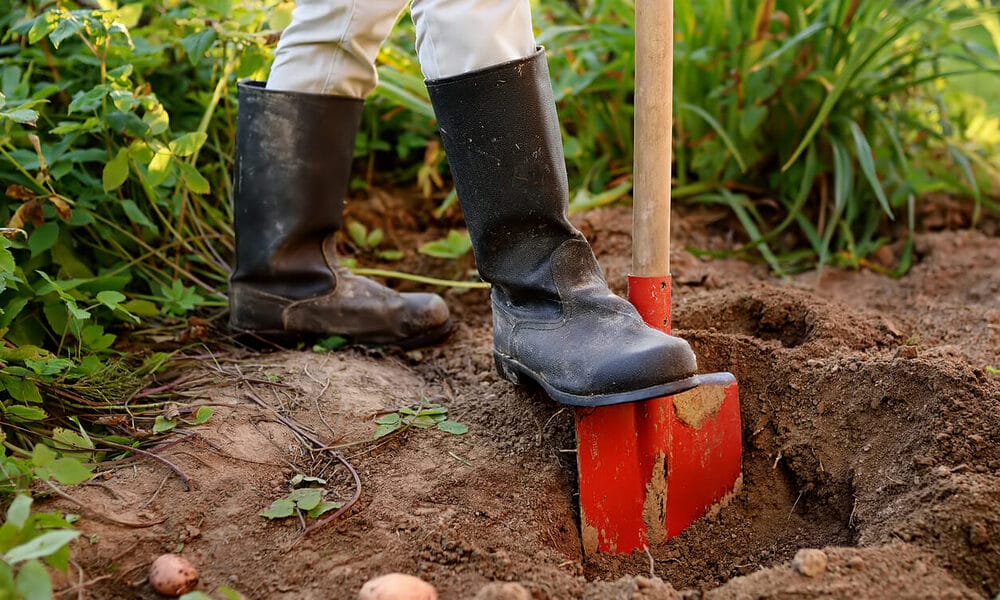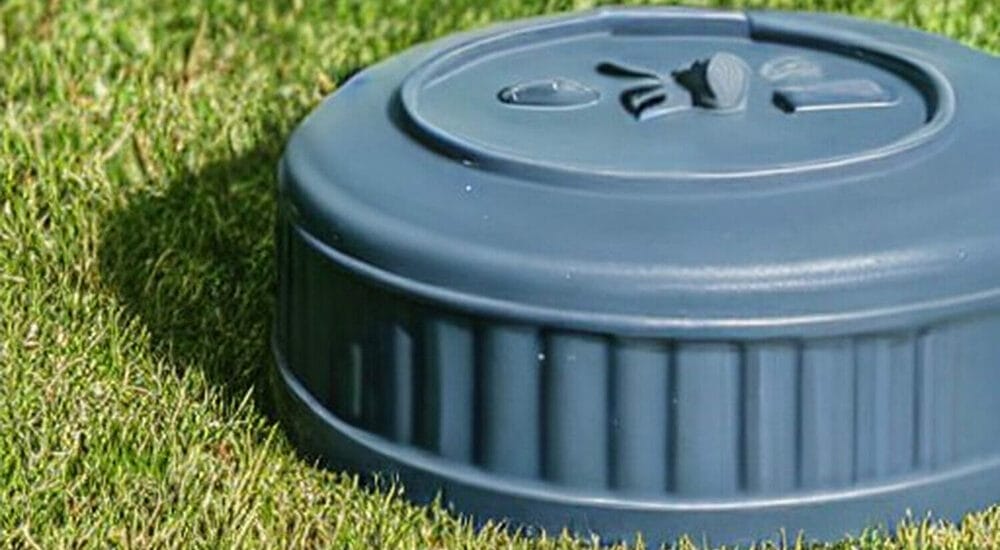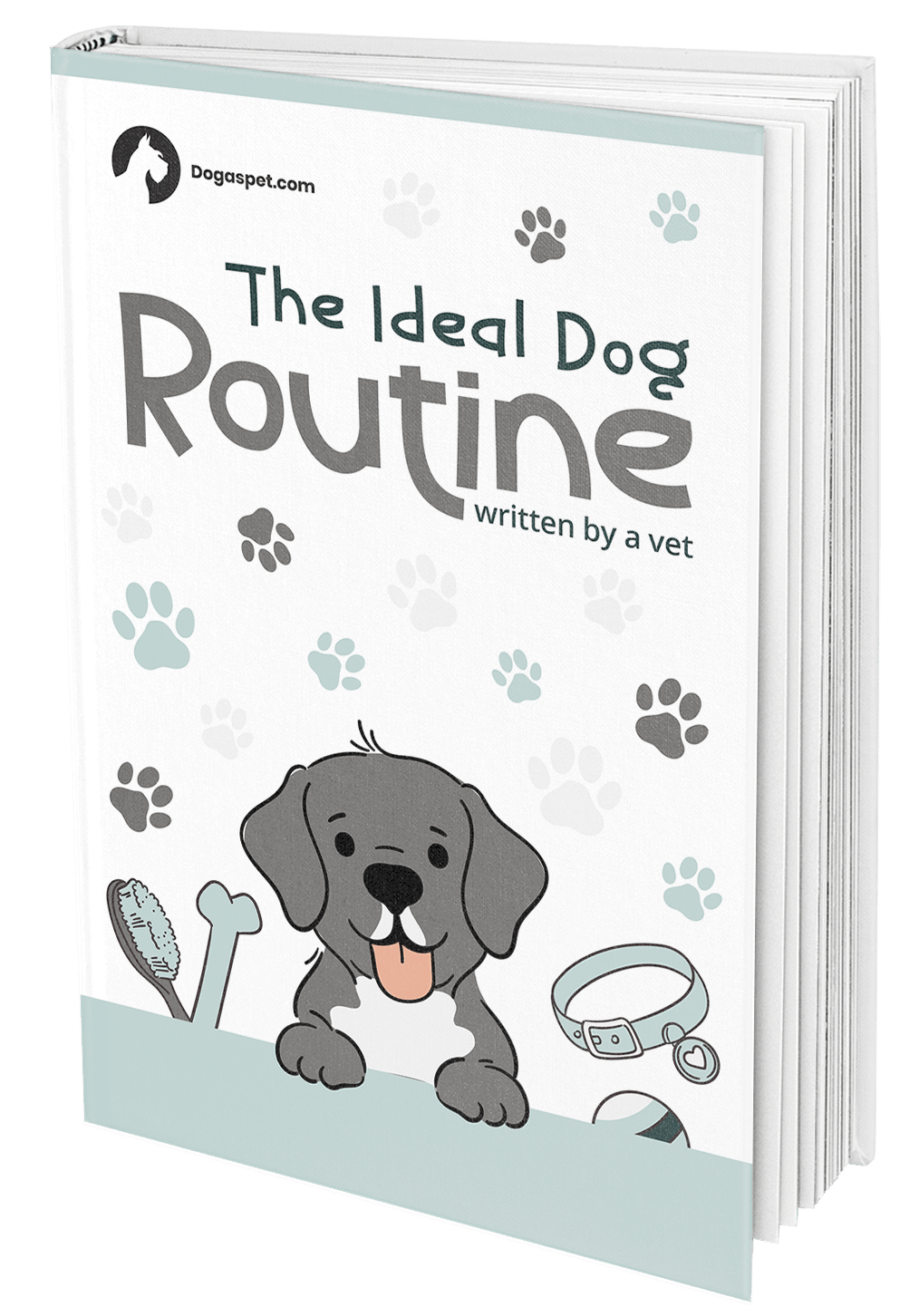
Are you tired of struggling with the mess created by dog waste? Let us introduce dog poop septic tanks to simplify your life! Our DIY guide will quickly & easily walk you through setting up a safe, reliable septic tank that is friendly for both pooch and owner. Don’t let dog poop disposal be difficult any longer – dive into our easy installation!
Table of contents
What is a dog poop septic tank and who needs it?
A dog poop septic tank utilizes a formula composed of natural and non-toxic enzymes to break down solid canine waste into an absorbable liquid, similar to the process that occurs in home septic systems.
This process purifies the substance through microbes present in the soil, offering an effective way of disposing of dog feces without any hazardous components.

For people who let their dogs do business in their garden, a dog poop septic tank could be the ultimate answer to your problems.
Not only will it make sure that the waste is disposed of properly, but it can also help save time and energy on cleaning up after your pup. Plus, you won’t have to worry about pesky neighbors complaining about the smell!
Now, let’s get into the how-to of setting up a dog poop septic tank.
How to set up your DIY in-ground dog poop disposal system
Before you get started, make sure to have all the essential materials and tools within arm’s reach. This includes a shovel or spade, a 5-gallon container, some small stones or gravel, and of course dog poop septic tank enzymes.
Dig a hole as deep as your container
To start, dig a hole in your backyard that is slightly larger than the measurements of your container. This extra space will create room for stones used to promote additional drainage.
Make sure that your container will eventually stick out at least 2 inches above the ground.
Drill drainage holes in the container
To ensure that excess precipitation doesn’t accumulate in your container, use a power drill to create several small holes near the bottom and side of it. Make sure these openings are just wide enough for water drainage but not big enough for solid waste to escape as well.
If you would rather purchase a ready-made septic tank, there are tons online with thorough installation guidelines. Doogie Dooley is widely renowned for its premium quality tanks and their products come paired with user-friendly setup guides.
Place stones at the bottom of the hole
Place a layer of small stones at the bottom of the hole. This will help to promote an even distribution of drainage from all sides.
Make sure that the stones are clean and free from any potential contaminants.
Place your container in the hole
Once you have completed drilling drainage holes, place your container into the hole that you just dug. Line up the edges of both the container and the hole so that they are even with each other.
Fill in the extra space around the container
Using your spade or shovel, fill in the extra space around your container with small stones to help promote drainage and prevent runoff. Make sure that all sides of your container are completely covered by stones.
The remaining space can be filled with dirt to help keep the stones in place.
Add enzymes to your container
Once you have completed steps 1-5, it’s time to add the dog poop septic tank enzyme. This will help break down solid canine waste and prevent bad odors from accumulating in your yard. We recommend Doogie Dooley waste tablets.
Things to keep in mind with a dog septic tank
After building your own septic tank, there are a few things to keep in mind to maintain a healthy and odor-free environment.
Spread out the waste disposal
To avoid a potential clog in the system and guarantee even distribution of discarded materials, it’s best to space out waste disposal over several days instead of throwing them all away at once.
The enzymes are only able to process a certain amount each time, and this method will ensure that they can handle the weight more easily.
Change the enzymes regularly
Enzymes will degrade over time so it’s important to change them out every few weeks. This will ensure that the waste in your tank is broken down properly and prevent any bad odors from seeping out.
During winter the process takes more time
Due to cold weather, the enzymes will slow down their process during winter. This means that it might take longer for the waste to break down and for bad odors to dissipate.
Be sure to keep an eye on your dog’s septic tank during winter and adjust the enzymes accordingly.

3 Other effective methods for disposing of dog poop
If a dog poop septic tank seems too complicated or expensive for you, there are many other ways to dispose of canine waste. Here are some other ideas to give you inspiration:
Composting Dog Poop
For master gardeners, composting is the perfect piece of advice that should never be overlooked. Replace your traditional store-bought fertilizers with nutrient-packed compost crafted from canine waste to give your garden an extra boost!
Don’t let this process scare you away either; it’s easy and fun to put together in addition to being incredibly sustainable. Whether you have a pup trained for indoors or one who loves getting out there, utilizing their daily deposits can create something much more valuable than just a foul odor.
Out door dog poop trash can
Not having the time or space to develop a compost heap or septic tank? A dog poop trash can is just what you need! Place it in your yard, fill it up with pet waste, and then conveniently discard it into the garbage. It couldn’t be easier + no more nasty smells!
Flush it down the toilet!
If you have a small pooch, composting or buying an extra dog waste container can seem like too much of a hassle. The solution? Flush it! An ideal option for pet owners with smaller dogs and minimal amounts of poop to dispose of.

Final thoughts – Building your own septic tank
If you’re the type of person who enjoys DIY projects, building a septic tank for your dog’s poop can be an excellent and rewarding choice. The setup might require some elbow grease as well as time to install, but with that comes the satisfaction of knowing that you made something sustainable to keep your yard free from waste.
With extra effort, it is easy to maintain this system so it remains odor-proof and functioning properly for years!

